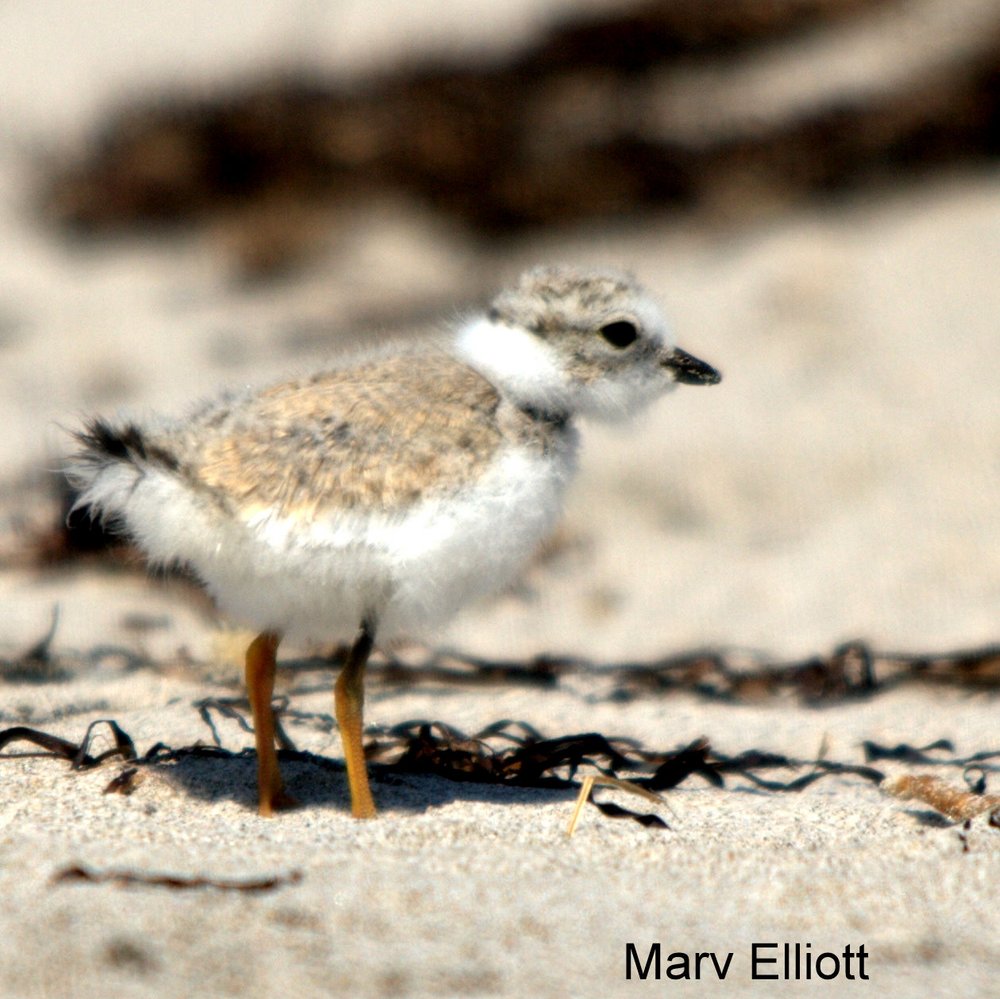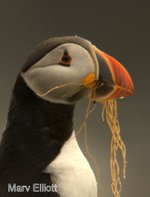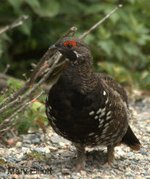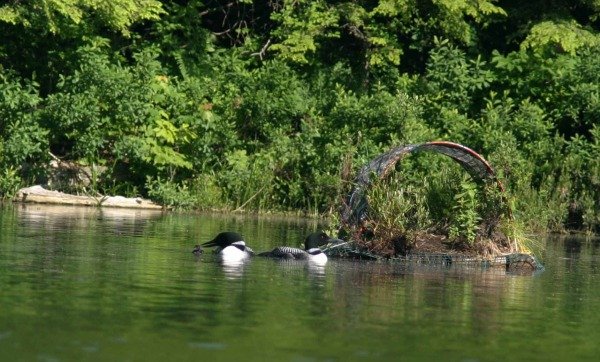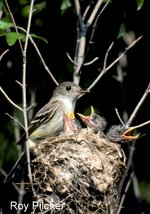On October 17, 2009 three of Vermont’s top birders Ted Murin, Craig Provost and Allan Strong reported exciting discoveries at the Pomainville Wildlife Management Area in Pittsford  Le Conte's Sparrow– a Nelson’s Sparrow (formerly called the Nelson’s Sharp-tailed Sparrow, infrequently seen in Vermont), and, even rarer, a LeConte’s Sparrow. Both birds are in migration this time of year.
Le Conte's Sparrow– a Nelson’s Sparrow (formerly called the Nelson’s Sharp-tailed Sparrow, infrequently seen in Vermont), and, even rarer, a LeConte’s Sparrow. Both birds are in migration this time of year.
Rutland County Audubon is happy to include Pomainville WMA as one of its “Birding Hotspots” We have monitored the area for the past seven months, appreciating the area more with each visit. Thanks to the generosity of landowner Edward Pomainville, Jr., and the combined efforts of Ducks Unlimited, the USDA Natural Resources Conservation Service, Vermont Fish and Wildlife, and the U.S. Fish & Wildlife Service, the Pomainville WMA preserves a wonderful tract of wetland and upland habitats along the Otter Creek. While none of the birds found reach the level of excitement as a LeConte’s or Nelson’s sparrow, RCAS and others have recorded 99 species there. This includes Virginia Rail, Marsh Wren and nesting Blue-gray Gnatcatchers and Yellow-throated Vireos.
The recent sparrow report highlights two important things. First is the value of conserved land. It provides places for many species (butterflies, mammals, plants, amphibians and reptiles as well as birds) that have specific habitat needs. And at the same time we have the opportunity to visit these wonderful public places and connect with nature.
Second, unless we get out and look, we may miss birds that either travel through during migration or stay here to nest. Who knows what birds may be here and when simply because we haven’t bothered to check? To quote Aldo Leopold “the first rule of an intelligent tinkerer is to keep all the pieces.” So if want to preserve what is important to us, and we don’t look, we won’t know what those pieces are. In this case the pieces are birds.
One more reason to bird locally! Thanks to Ted, Craig, and Allan for finding and reporting these sparrows!




